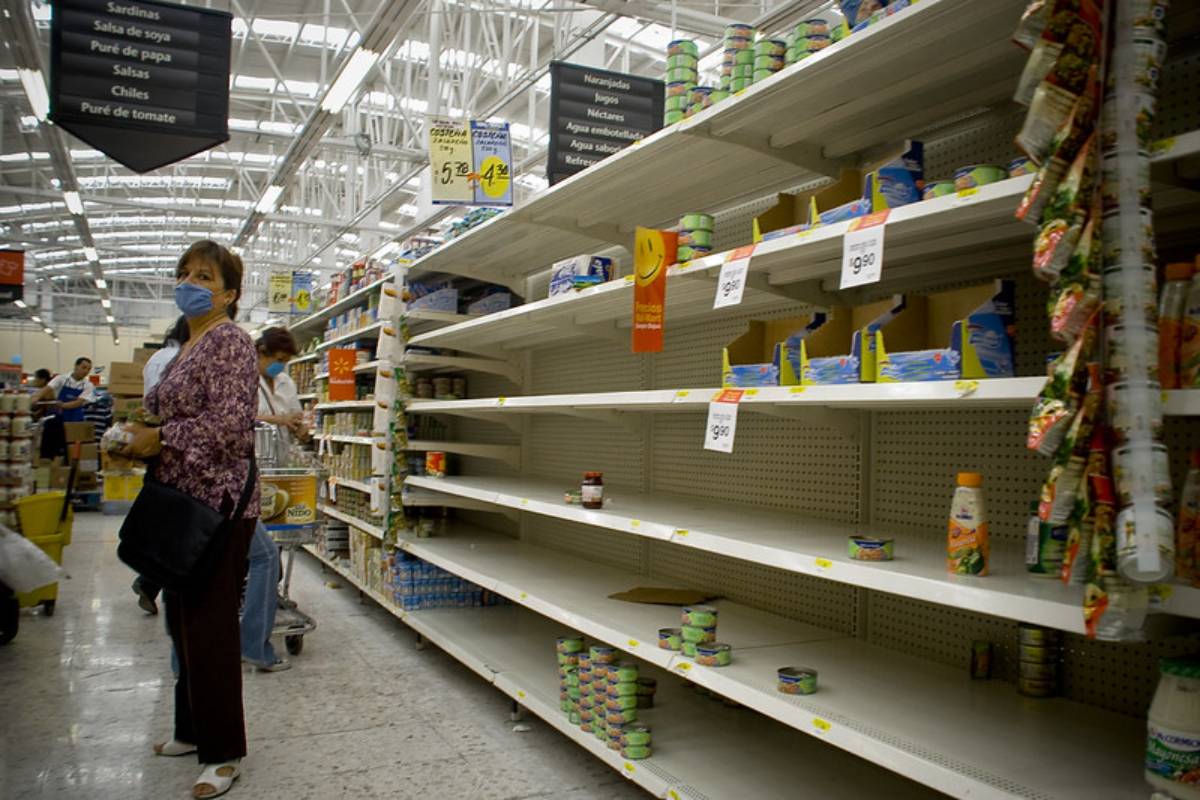A fter a sizzling summer, the UN Secretary General has warned that the “era of global boiling has arrived”. What can we do about it? Climate change is systems change, and we all know it’s tough, if not mission impossible. The pioneering systems thinker and co-author of the 1972 Limits to Growth report, the late Dana Meadows, argued that a critical way to change complex systems is to find the right leverage point, meaning those small changes that lead to large impact change. So what’s the obvious common factor in climate boiling?
The scientific answer is carbon emission. Almost 99 per cent of the human body mass comprises six elements: hydrogen, carbon, nitrogen, oxygen, calcium and phosphorus, with the rest from carbon-containing molecules. Water (H2O) and carbon dioxide (CO2) are vital in all forms of life. The atmosphere is mostly nitrogen and oxygen, but when sunlight hits more carbon particles in the atmosphere, the earth heats up. Prior to human life, there was a natural balance or carbon cycle, whereby plants and microbiological life captured the carbon through photosynthesis, keeping the temperature balance that sustains life on earth. After humanity learnt to till the soil and burn fossil fuels, we accelerated carbon emission and climate warming, melting the global icecaps and the permafrost that holds lots of carbon dioxide and methane, as well as rising sea levels.

This vicious circle threatens our food and water supply, biological diversity and human existence itself. With shortages of food, water and energy, wars and human conflict occur, with further damage to the environment, such as the massive war destruction of the Ukrainian farmlands. So what is the leverage point that we can work on to deal with food, water and carbon capture? The answer is the soil on which we live, the primary producer of our food and water. The oceans are important in terms of carbon capture and marine food, but the bulk of our population lives on land and relies on food farming. Of the three biospheres, land, ocean and atmosphere, soil offers the best chance where we can do something about fixing. Through land mismanagement, more than a third of the world’s soil is already degraded. The UN FAO estimated that soil degradation could rise to 90 per cent by 2050 if nothing is done.
The more degradation, the less food for a growing population. Most rural communities grow their own food, but the urban society, which today is more than half of mankind, relies critically on large scale industrial food production. The 2019 EAT-Lancet Commission Food in the Anthropocene report stated: “The human cost of our faulty food systems is that almost 1 billion people are hungry, and almost 2 billion people are eating too much wrong food”. More than 40 per cent of adults (2.1 billion people) are now overweight or obese, while 3.1 billion people cannot afford healthy diets. Industrially produced food not only contains genetically modified organism (GMO) food, but also lots of chemicals and preservatives that are neither healthy nor nutritious, truly junk food. Between 30 to 40 per cent of food in America is wasted during production, delivery, uneaten or thrown away due to poor logistics or excess consumption. Increasingly, industrial food production and land is concentrated in very large corporations.
Producing food through mono-culture crops like palm oil or soya bean may be efficient but also damaging in terms of hurting biodiversity, increasing inequality by driving out small farmers and also paying insufficient attention to carbon capture and environmental sustainability issues. Deforestation through clearing of virgin forests leaches the soil since the topsoil with all the inherited nutrients is washed away.
At the most basic level, soil comprises complex eco-systems of bacteria, fungi, worms and microbes that preserve biodiversity, conserve water and capture carbon. Saving the soil literally saves our future. Recently, there is awareness that a farmer-centric effort to regenerate soil and food production can not only tackle our food crisis, water shortages but also capture carbon. Europe has formed a coalition to explore a farm-centric agriculture regenerative initiative. After being hit by the grain and fertilizer supply shocks arising from the Ukraine war, the developing countries were further alarmed by India limiting the export of rice on 20 July this year.
Suddenly food self-sufficiency is now high on the policy agenda, because all politicians are aware that high food prices (inflation) is socially de-stabilizing. We should pay more policy attention to domestic farmers and the use of permaculture (regenerative farming practices) that produce crop diversity and regenerate the soil. Indeed, farm practices such as reforestation, that can capture carbon would create new sources of income from selling carbon credits. Unfortunately, the global carbon market is not functioning evenly, so developing countries are not benefitting from higher carbon prices. Recent archaeological finds in the Amazon showed that “terra preta”, a nutrient rich composted soil derived from ancient inhabitants of the Amazon, was what sustained a large population before the arrival of white colonialists.
Re-cultivating degraded land with natural composts, such as the Johnson-Su bioreactor method, could be a cheaper and more organic and healthy way of restoring soil quality and multi-crop farming. In short, the technology is available to increase food production organically to help raise not just rural incomes but also food well-being. Regenerating the soil, forests and water sources are social impact projects, as important as public infrastructure such as transportation, roads and ports, with high social returns, but low financial rates of return. These are exactly the type of projects which social stock exchanges and philanthropic charities should be supporting.
Even at the city level, vertical farming using organic composts and fertilizers can increase food selfsufficiency to absorb food disruptions. Is this all pie in the sky? Solving climate change and social injustice is about doing more for many with less. Regenerating the soil beneath our feet uses the scarce land to produce more healthy and nutritious food for more people, reducing the need to fight each other. Climate change is change in context. Those who think systemically, but act and adapt locally will survive. Those who deny change will not survive the coming crises.
(The writer is a former central banker who writes on global issues from an Asian perspective.) Special to ANN.












